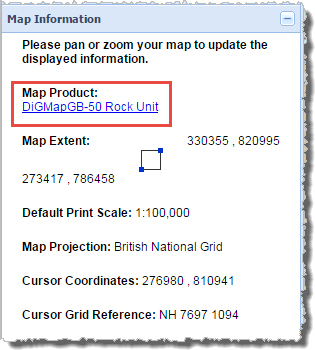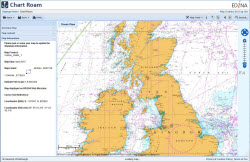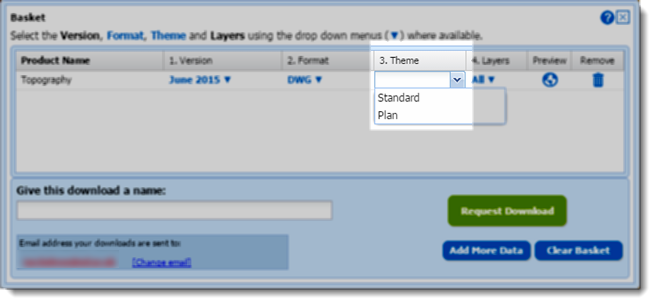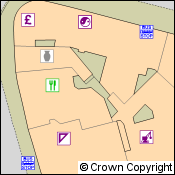Lots of datasets were updated in March and April this year, with the majority of updates being to data in the Ordnance Survey Collection of Digimap. We also updated the vector marine data in Marine Roam so that it is now displaying the same version that is available for download through Marine Download; the Borehole data in Geology Download has also been updated to the latest version.
The updates include the latest versions of the 1:50,000 and 1:25,000 Colour Raster products which show the new height of Ben Nevis. The mountain, which is the tallest in Britain, was recently resurveyed by OS and found to be one metre taller than the measurements taken during the previous survey in 1949. If you’re interested in finding out more about the resurvey, and why two different heights are shown for the summit on the maps, the Ordnance Survey have published a blog post which explains the process in detail.

The tables below detail all the datasets that were updated recently in each Collection along with the publication dates of each one.
OS Data Download:
| Product Name | OS Publication Date |
| 1:25,000 Colour Raster | March 2016 |
| 1:50,000 Colour Raster | March 2016 |
| MasterMap Topography Layer | January 2016 |
| VectorMap Local | January 2016 |
| VectorMap Local Raster | January 2016 |
| VectorMap District | March 2016 |
| VectorMap District Raster | March 2016 |
| Terrain 5 Contours | January 2016 |
| Terrain 5 DTM | January 2016 |
| Code-Point with Polygons | January 2016 and April 2016 |
| Code-Point | February 2016 |
| Code-Point Open | February 2016 |
| Points of Interest | March 2016 |
| Open Names | March 2016 |
| MiniScale | January 2016 |
| * OS Street View | April 2016 |
| * Meridian 2 | July 2015 and January 2016 |
| * Strategi | January 2016 |
OS Roam:
| Product Name | OS Publication Date |
| 1:25,000 Colour Raster | March 2016 |
| 1:50,000 Colour Raster | March 2016 |
| MasterMap Topography Layer | January 2016 |
| VectorMap Local | January 2016 |
| VectorMap Local Raster | January 2016 |
| VectorMap District Raster | March 2016 |
| Terrain 50 Contours | July 2015 |
| MiniScale | January 2016 |
| * Meridian 2 | January 2016 |
| * Strategi | January 2016 |
* Note: these are the last updates to OS Street View, Merdian 2 and Strategi that will be supplied by Ordnance Survey who have announced that they are retiring these products. Whilst the data will still be available to download through Digimap, these products will no longer be updated to reflect changes in the real world.
The data product updates help page is kept up to date with all dataset updates in the Ordnance Survey collection.
Marine Roam:
As well as all the changes in the Ordnance Survey collection, we have also updated the vector data in Marine Roam from Seazone Solutions. This brings the data up to date with the latest version of the product from SeaZone Solutions, which is also available for download through Marine Download.
| Product Name | SeaZone Publication Date |
| HydroSpatial One | August 2015 |
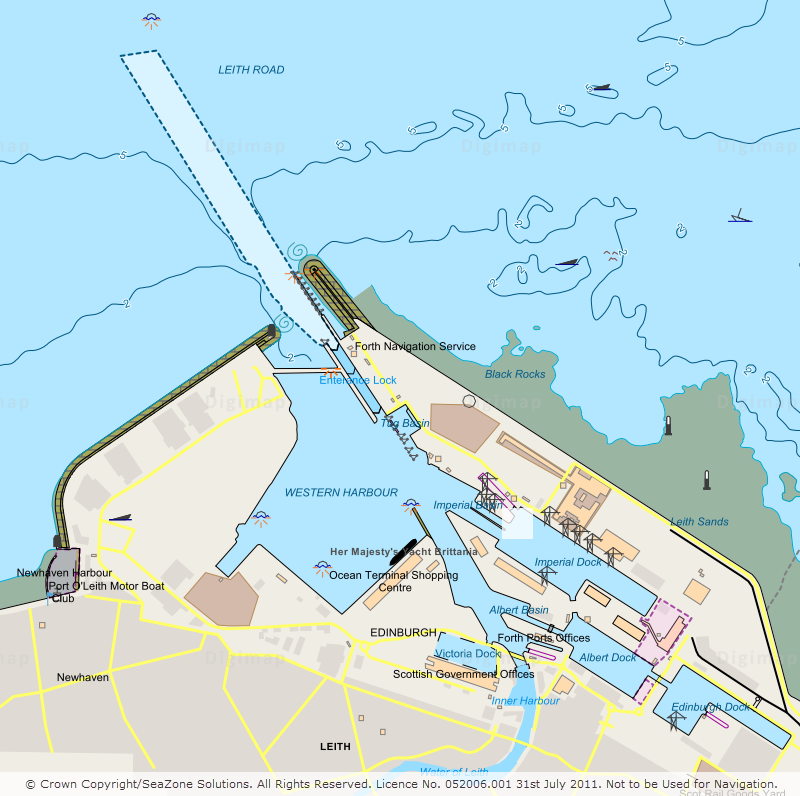
Geology Download:
Finally the Borehole data available in Geology Download has also been updated to the latest version available from the British Geological Survey.
| Product Name | BGS Publication Date |
| Onshore Borehole Index | January 2016 |
If you have any questions about the dataset updates or Digimap please contact us:
- Phone: 0131 650 3302
- Email: edina@ed.ac.uk

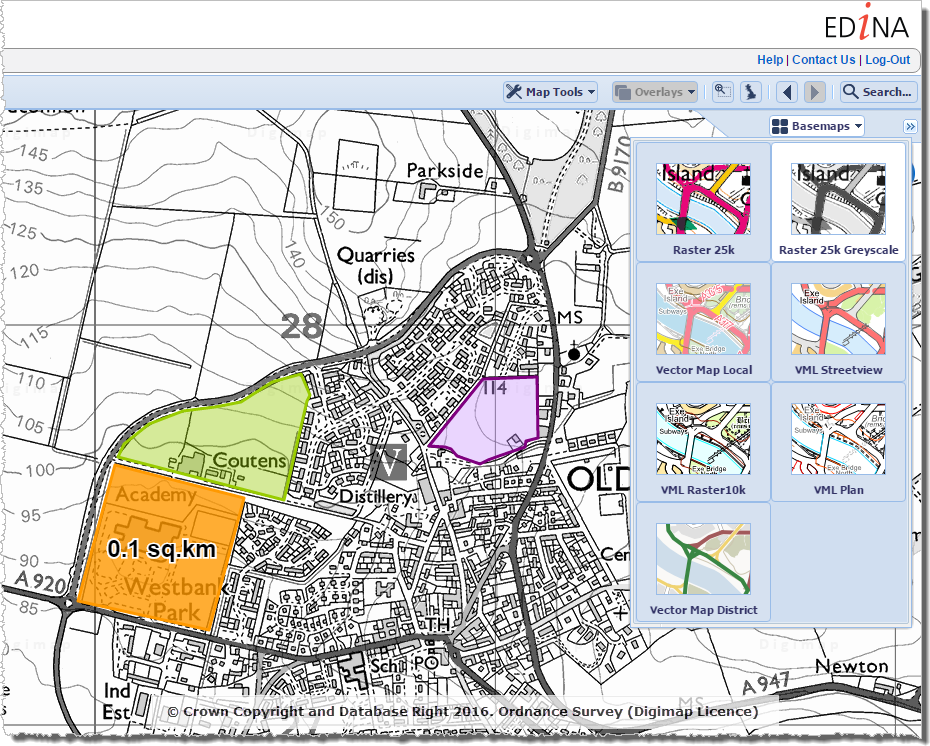
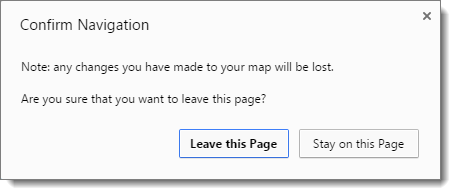
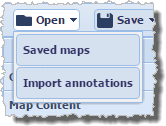
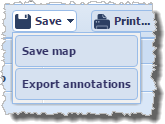
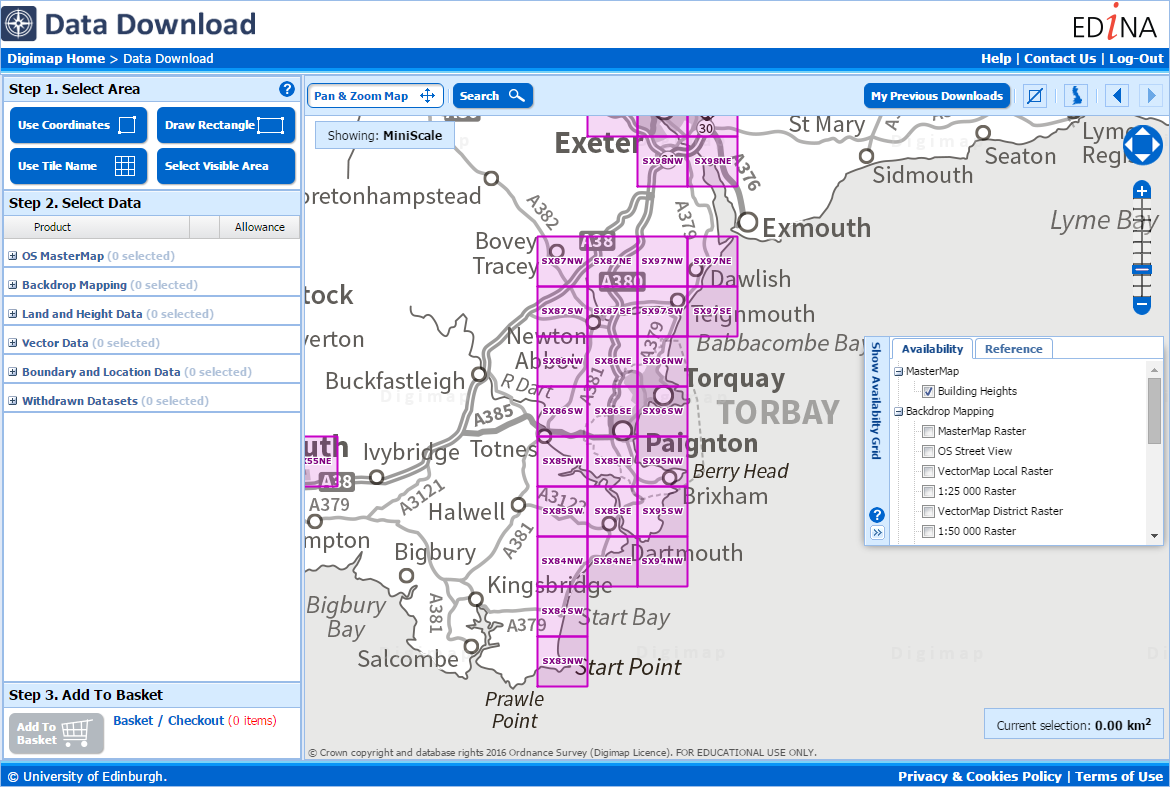
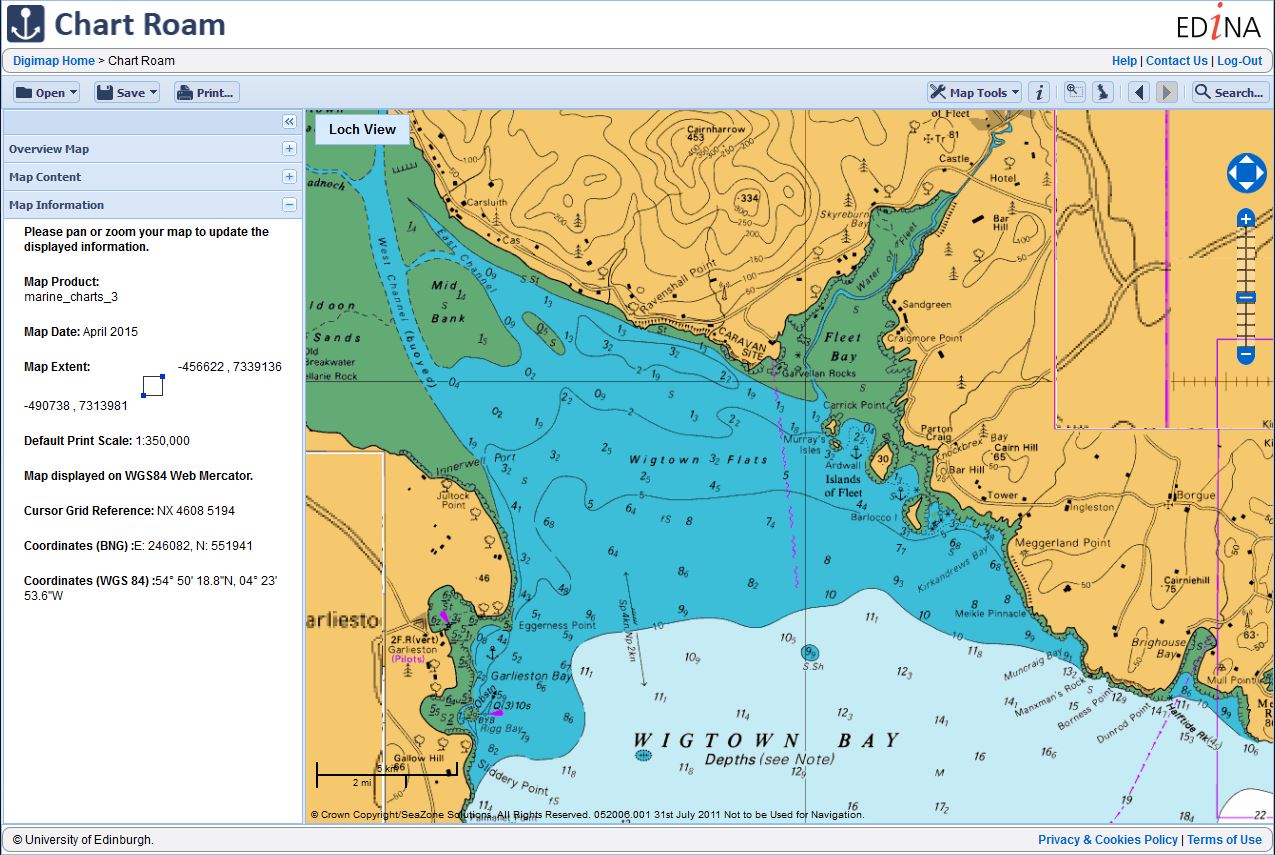
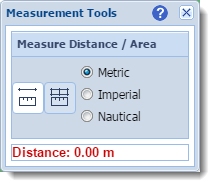 Chart Roam displays marine Hydrographic Charts from
Chart Roam displays marine Hydrographic Charts from 
